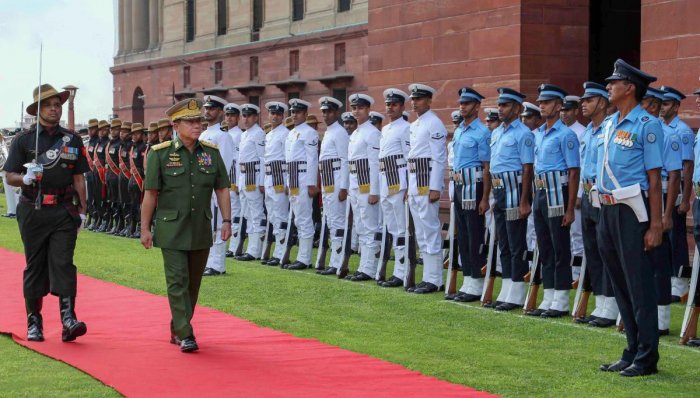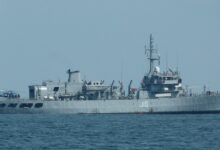India Prepares For Integrated Military Commands; Introduces Bill In Lok Sabha

- These include the Armed Forces Special Operations Division, the Defence Intelligence Agency, the Defence Cyber Agency, and the Defence Space Agency.
- Because of this, it is very important to set up joint commands as soon as possible to create an integrated war-fighting system that fits within the budget.
On Wednesday, a bill was sent to Parliament that would allow the government to form inter-services organisations and give their commanders disciplinary and administrative power. This would set the stage for the creation of integrated theatre commands in the country.
The Inter-Services Organizations (Command, Control, and Discipline) Bill, 2023, was introduced by the minister of state for defence, Ajay Bhatt, while there was a lot of noise in Lok Sabha.
The bill is being introduced in preparation for a plan to create integrated or combined commands, in which all of the Indian Army, Navy, and IAF’s resources will be under the operational control of a single three-star general.
After General Bipin Rawat, the country’s first chief of defence staff, died in a helicopter crash in December 2021, work on these unified commands was put on hold. Since General Anil Chauhan became the new CDS in September of last year, they are back at the top of the list.
The proposed law would make sure that the new integrated theatre commands, which are expected to be set up in the coming months, will be able to run both the current inter-services organisations and the new theatre commands.
It will “enable” the commander-in-chief or officer-in-command of an inter-service organisation to keep order and make sure that all army, navy, and IAF members under his command do their jobs right.
At the moment, each branch of the military has its own set of rules and laws for its members. The Navy Act was passed in 1957, the Air Force Act was passed in 1950, and the Army Act was passed in 1950.
India only has two unified commands at the moment: the Andaman and Nicobar Command, which is based on geography, and the Strategic Forces Command, which is based on operations and manages the country’s nuclear arsenal. After the Kargil war with Pakistan in 1999, these commands were set up in 2001 and 2003.
There are also a few organisations that include all three services. These include the Armed Forces Special Operations Division, the Defence Intelligence Agency, the Defence Cyber Agency, and the Defence Space Agency. On the other hand, there are up to 17 single-service commands (Army 7, IAF 7, and Navy 3), which have nothing in common when it comes to command-and-control structures, planning, and operations.
Because of this, it is very important to set up joint commands as soon as possible to create an integrated war-fighting system that fits within the budget.
Early in 2016, China’s 2.3 million-strong People’s Liberation Army was reorganised into five theatre commands to improve command-and-control systems and boost offensive capabilities. For example, its Western Theater Command is in charge of the 3,488-km Line of Actual Control that goes from eastern Ladakh to Arunachal Pradesh. India, on the other hand, has three IAF and four Army commands along what it calls its “northern frontiers” with China.







Facebook Comments